The chain gang: Australian restaurant groups building empires
A growing number of top dining establishments are owned by groups, not single operators, but that doesn't mean we'll see mass production of food - it's just business sense.
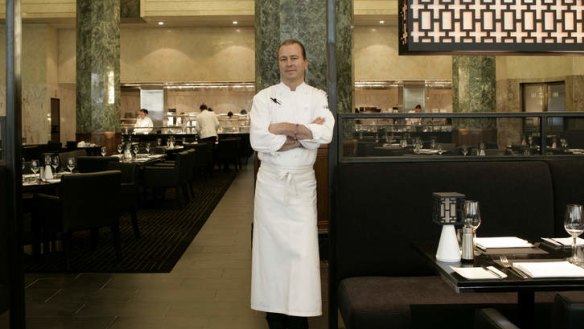
So you want to open a restaurant? Pah. You'll need at least five under your belt if you want to be a player in today's high-flying hospitality world.
Take Neil Perry's Rockpool Group. It's ''going chain'', opening its first Burger Project in Sydney in October, with more planned, including one in Melbourne. It's new territory for a restaurant group better known for roosting in the top branches of the fine-dining tree and streets away from the house that Perry built.
Consider that Rockpool Group already operates seven successful restaurants in Australia, with an eighth (a Spice Temple outpost) about to open in Dubai. And it's not alone. At the smart end of the dining spectrum, particularly in Melbourne and Sydney, multiple restaurants owned and operated by groups are an increasingly prominent presence, a trend that's mirroring Europe and the US.
Look at Andrew McConnell's stable of fine-diners in Melbourne, the Merivale Group's 50-plus portfolio of restaurant bars and event spaces in Sydney, Made Establishment (led by the ''power Georges'', Calombaris and Sykiotis), Frank Camorra and his MoVida juggernaut, the Keystone and Melbourne Pub Groups, Shannon Bennett's stretch from kiosk to fine-diner, plus the myriad smaller players such as Melbourne's Chris Lucas (Chin Chin, Go Go, Baby, Kong) and Sydney's Brent Savage and Nick Hildebrandt (Bentley, Monopole, Yellow), and it appears that the stand-alone owner-operated fine-diner might become the exception to the rule.
The trends
It would be overblown to interpret the presence of all these restaurant groups as some kind of culinary Trojan horse that will inevitably lead to the franchising of fine dining. But there has been a noticeable shift in the Australian industry towards the group dynamic, a shift that mirrors trends that have been taking place in Europe and the US with sometimes disturbing results.
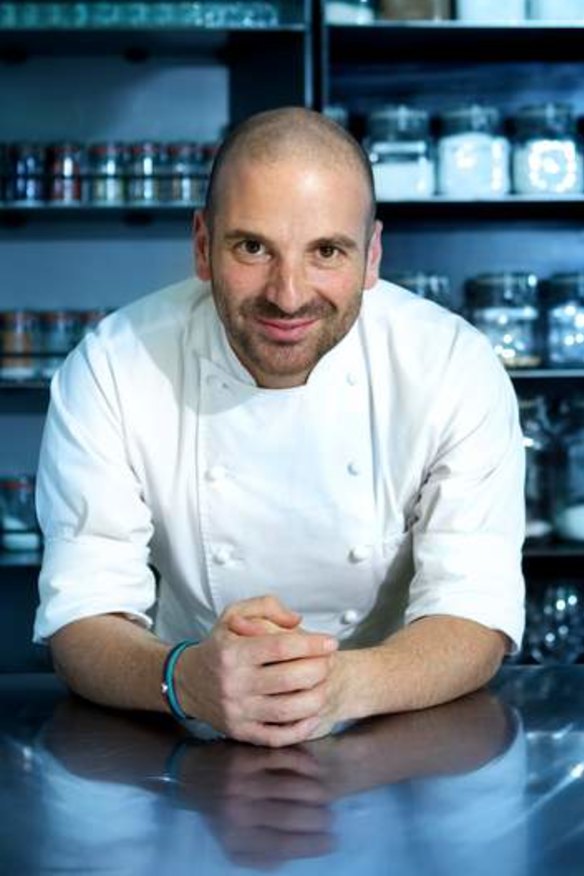
Figures from US market research group NDP, for example, showed that in 2012, independent restaurants accounted for only 27 per cent of all restaurant visits, while in France, where restaurant conglomerates have been snapping up classic bistros, the Union of Hotel Industry Professions recently revealed that 85 per cent of the country's 150,000 restaurants serve vacuum-packed and frozen food mass-produced in factories without telling their customers.
So is this a path Australian restaurants are destined to take?
Chris Lucas, who recently opened Kong, his third queue-thronged Melbourne restaurant, doesn't believe so, however prominent groups become.
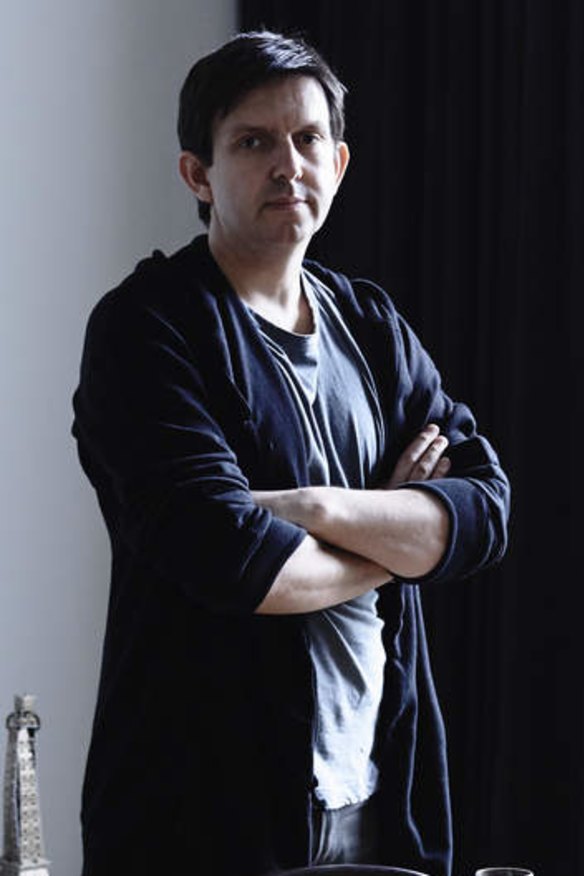
''We don't have the same kind of mass tourism in this country, which tends to drive quality down as operators realise they can make a quick buck that way,'' he says. ''But Australians have never really taken to those large-scale restaurant franchises anyway. Places like Starbucks haven't really taken hold here because we have a high threshold for what we expect as diners, and I think the market's too individual, too creative, too competitive, and our culture is a lot different.''
Tight restaurant profit margins in Australia's hospitality industry is a well-worn lament, but it can be tough for a single owner-operator to get a foot in the door, let alone make a living.
Tony Eldred, founder and principal of hospitality management and consulting company Eldred Hospitality, says there has been something of a perfect storm in the past 15 years that has seen average profit margin expectations plummet from about 18 per cent to closer to 5 or 6 per cent.
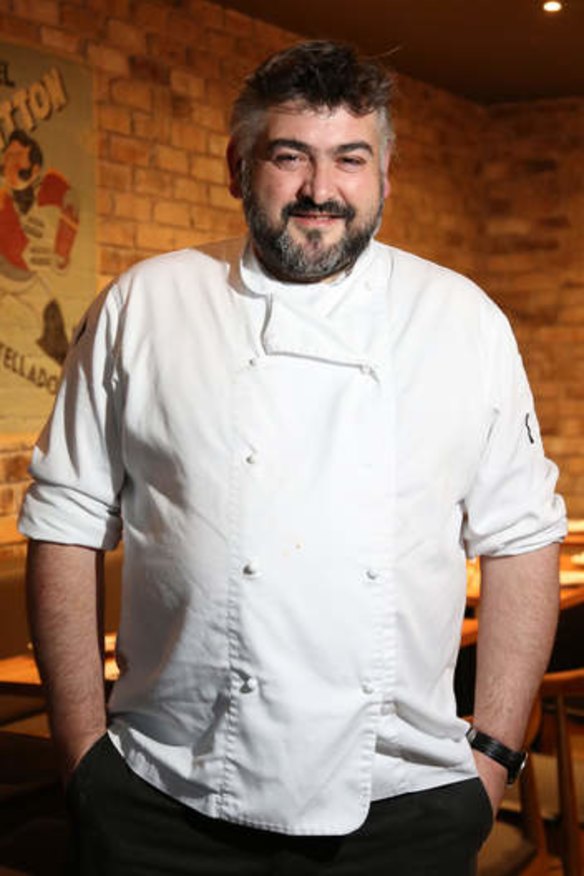
''The number of hospitality businesses in Australia has increased by 400 per cent since 1990, with the industry being driven by property developers who put cafes and restaurants into every building now rather than doing a proper feasibility study about whether there's a true market for it,'' he says. ''During this period, the population's only increased by 20 per cent, so we've had a fourfold increase in the number of hospitality businesses with a much smaller increase in population.
Eldred says it's not impossible to open a single, owner-operated restaurant in the current climate and, if it's ''really, really well-run'', highly trafficked and turns tables over quickly, it could hope to pull a profit of 15 to 18 per cent. But establishing such a place has become very expensive.
''The problem is that you used to be able to start a restaurant with a second mortgage,'' he says. ''Now, with setting up a decent restaurant, you're looking at a cost of $3 million to $4 million. It's beyond the average cook or waiter who used to be the mainstay of the industry. Now the establishment cost is so great that unless you're seriously backed it's probably out of reach.''
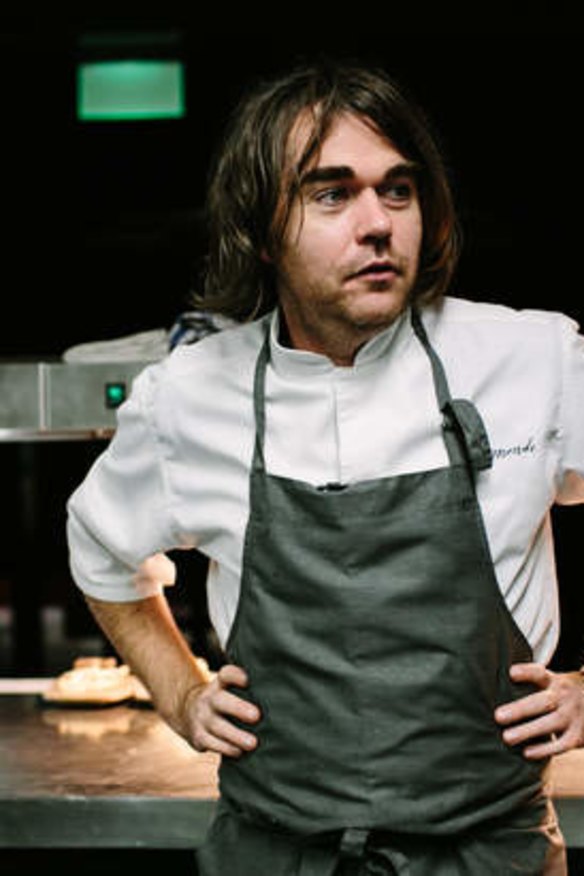
Profit margins
So if margins are so tight, how does owning lots of restaurants make things any easier?
Neil Perry says there was never a ''masterplan'' to own multiple restaurants. It happened ''reasonably organically'' for the Rockpool Group.
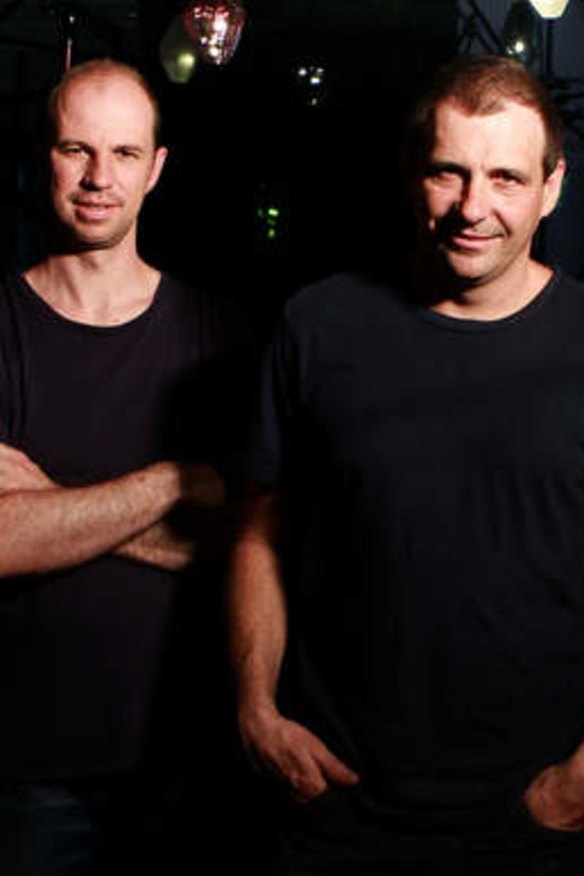
''Of course, you do tend to start looking at things strategically after a while,'' he says. ''And you begin to recognise the advantages of scale.''
These advantages include the fairly obvious ones of centralising administration, ordering, marketing and phone bookings at one location. It's a basic kind of business savvy, the ''economies of scale'', that saves money and frees up the time of individual restaurant managers.
Another obvious advantage is buying power and access to better products, because suppliers and farmers know that restaurant groups will necessarily splash more cash.
But, as Perry explains, there are less prosaic reasons for operating multiple venues.
''When you have more than one venue and you are employing a large number of chefs, waiters, sommeliers and managers, you end up with a lot of human resources on your hands,'' he says. ''The problem with that is that unless you have something new for them to do, an opportunity to learn and grow within the industry, you end up losing many of your best people. And I've found one of the best ways to keep the best people is to offer them new things to do, new challenges.''
Justin Hemmes, CEO of Sydney's Merivale Group, agrees that one of the great advantages of owning multiple businesses is keeping good staff.
''Of course, there's a business element where you don't want to lose staff members who you've spent years training to one of your competitors,'' he says. ''But equally, there's a satisfaction to be had from watching your people developing all sorts of personal and managerial skills. And it's hard for that to happen within a single venue.''
But just as multiple restaurant venues can help restore the profit margin and nurture and foster talent, they can also multiply the problems, with ''more businesses failing after they've opened their second business than they do after opening their initial establishment'', according to Eldred.
Hemmes says seeing a restaurant become successful can be ''like hitting the jackpot''.
''If you've got one successful business and then decide that you're going to expand and repeat that success elsewhere, you really should understand what it entails,'' he says. ''Because if the new businesses aren't profitable it will water down your profits considerably and then you'll find yourself back to square one.''
As proven by the spectacular failure of restaurant groups such as that headed by chef Justin North, which collapsed in 2012 owing more than $7 million, and the recent wobbles in the George Calombaris-fronted Made Establishment group (most notably with the short life of the Manu Feildel-led Le Grand Cirque), size is no guarantee of success. Perhaps it is experiences such as these that have led to a change in attitude in the industry to one that's more cautious, careful, orderly and business-driven than in the past. Or, as Eldred puts it, ''the days of the ex-waiter who ran it by the seat of his pants and really didn't know much about management are pretty much gone''.
David Mackintosh, who co-owns a number of restaurants in Melbourne (including Pei Modern, Rosa's Kitchen and Lee Ho Fook) with businessman Peter Bartholomew (a partner in the MoVida Group), personifies this approach. His rule is to ''avoid fads'' and to increase diversity, because ''diversification is one of the classic business protections''.
''Our industry has traditionally been about the small owner-operator, and it's still possible to do that - you can generate an income and create a certain lifestyle - but in the end you don't get a chance to leverage much out of it,'' he says.
''As margins become tighter, the business needs to get smarter and be more closely managed, and I think that's where having more than one restaurant can really help.''
Some might read the rise of the restaurant group as a threat to the colour, the passion, the artistry of the industry - as the bean counters move in with their pesky spreadsheets, business plans and strategies on how not to go out in a blaze of glory.
Or perhaps it is, as Hemmes says, that people are just being ''smarter and a little less over-excited''.
Restaurant addiction
When you look at the quality and diversity of the groups at the dining top-end, it seems there's a particular, and sometimes astonishing, level of energy, skill and artistry involved in maintaining those kinds of levels. As Perry says, ''opening restaurants is bloody hard - frustrating, infuriating and exhausting - but it's very satisfying, too''.
It's this addictively satisfying element that could keep Australia's restaurant industry from joining some of its overseas counterparts on the chain gang.
Chris Lucas says opening restaurants ''has probably become the cocaine of this century''. ''There's an addictive element to it,'' he says. ''It's addictive for me, because I love being challenged intellectually and creatively. I tend to get bored if we're in the same four walls serving the same kind of food, doing the same kind of thing every day.
''Opening new restaurants puts you at the forefront of all those risks. It energises you; it keeps you busy, fresh, young. This is especially if you're constantly looking for new challenges and ideas.
''I think if I was opening a chain of the same thing I would find it relatively boring.''
In an energetic dining culture such as Australia's, there's still plenty of room for the small owner-operator. But as the industry has turned leaner and smarter, as it has to when faced with tighter profit margins, the restaurant group has - and will - come to increasing prominence.
Sure, there's a chain element to the equation that dilutes the romance, but it's also true that many of these groups are producing some of the best dining experiences in the country and are living to tell the tale.
Correction: An earlier version of the statistics table failed to include all of Shannon Bennett's venues. This has since been updated.
Restaurant reviews, news and the hottest openings served to your inbox.
Sign up